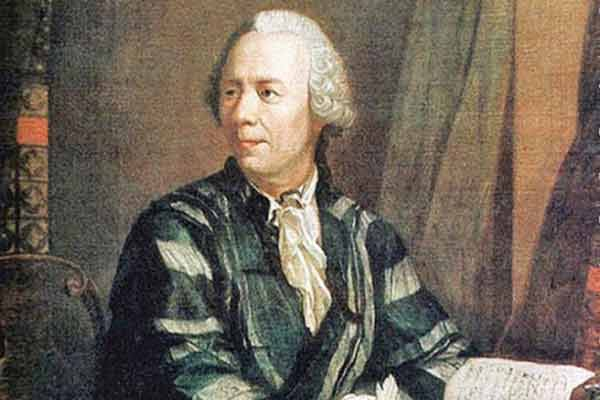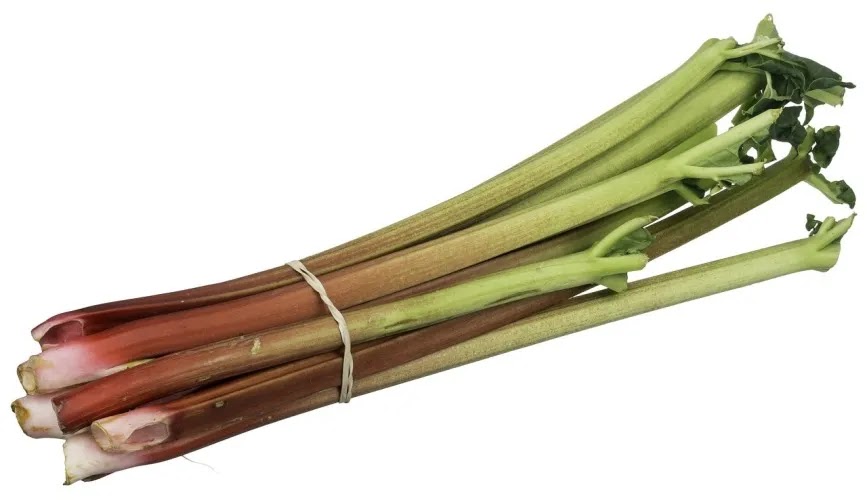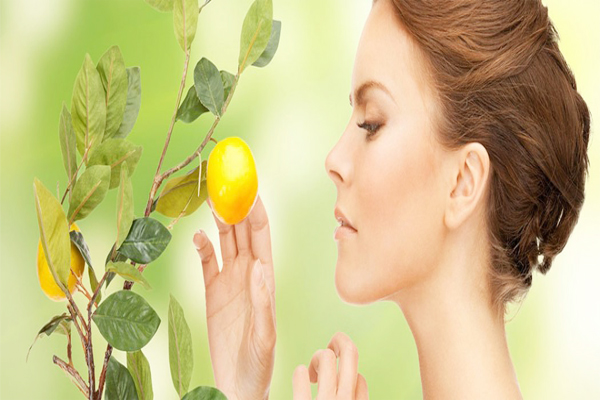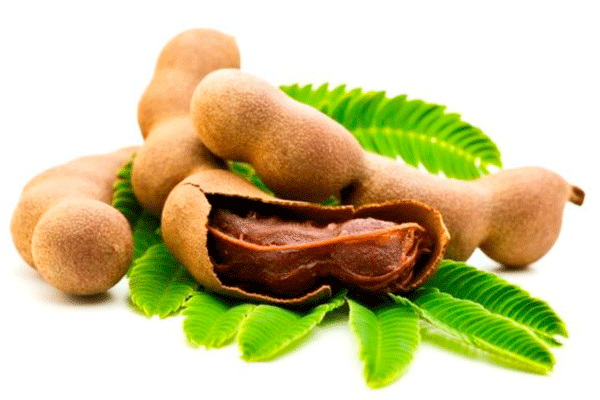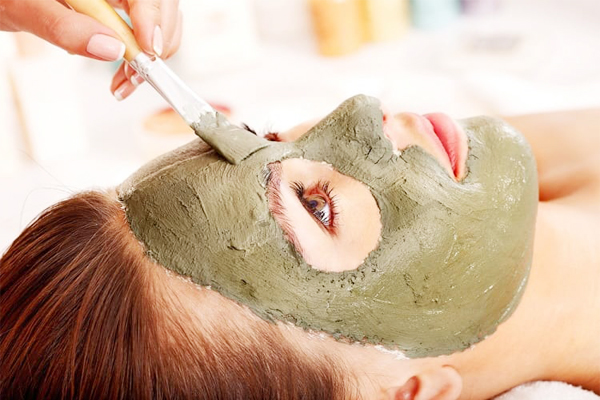Rhubarb is a herbaceous plant that has been used in cooking and medicinal treatments for centuries. Its leaves contain a substance known as “saponins,” which provide many health benefits, including aiding digestion, lowering cholesterol, and preventing heart disease.
How to identify rhubarb in the grocery store
Rhubarb is a plant that produces two different types of leaves. One type of leaf is soft, and the other type has a rugged, prickly texture. The leaves that have a scratchy texture are used for cooking and preparing foods. Rhubarb’s leaves also contain oxalic acid, and it causes painful urination if consumed in large amounts.
Rhubarb and Bone Health
For those of you who are looking for an easy way to make your bones stronger, Rhubarb has been used for centuries as a natural remedy. One study conducted by the Budapest University of Technology and Economics found that rheumatoid arthritis patients had more mobility in their joints, back pain relief, and slightly smaller bone size after consuming rhubarb.
Rhubarb and Blood Clotting
Rhubarb is great for blood clotting. The leaves are rich in vitamin C, are high in iron, and are also a good source of beta-sitosterol.
What can you do with rhubarb?
Rhubarb can be a valuable addition to your diet. It is a carbohydrate-rich food used for centuries as a diuretic and purifies the blood. Rhubarb contains about twice as much as oranges do! Rhubarb has vitamin C, which is suitable for your immune system.
Rhubarb Improve Bone Health: Many people don’t know that rhubarb is an excellent source of vitamin K. This vitamin has been proven to help prevent osteoporosis and keep bones strong by increasing bone mineral density and reducing fracture risks.
Aid Digestion: Rhubarb is a popular herb that has been in demand since ancient times. It’s used for its many health benefits and mostly in desserts such as pies, tarts, and jams. However, there is one thing that rhubarb can do that can benefit you when you’re not eating it: it helps with digestive issues. Rhubarb is an excellent option for constipation because it contains compounds called sennosides, which act as natural laxatives. If you’re suffering from constipation and want to try something natural but effective, give this.
Boosts Brain Health: Vitamin K is essential for cell reproduction and blood clotting. Vitamin K helps protect the brain from injury, including neurodegenerative disorders like Alzheimer’s disease related to inflammation. However, this vitamin can have a downside. Because the body also uses vitamin K for clotting purposes, it can cause excessive bleeding in the brain.
Might Aid Diabetes Treatment: Research has shown that compounds found in the stems of rhubarb can help improve blood sugar levels and even lower cholesterol. The active compound, called rhaponticin, was beneficial for diabetics.
Protects The Heart: Rhubarb is a root vegetable with long, dark green leaves. Its stems are highly fibrous and are used to make textiles or cordage. Rhubarb was also used as a food before it became famous as a herb for its flavour. The most common use of rhubarb is to eat it raw or cooked into pies, tarts and chutneys. It can also be mixed into salads or cooked into soups.
Can Aid Kidney Health: A recent study found that rhubarb supplementation may have potential in the treatment of chronic kidney disease. One study out of China showed that when people with chronic kidney disease took rhubarb supplementation, it may have helped them improve their levels of blood urea nitrogen (BUN) and creatinine. An analysis of cholesterol levels also showed that at least one cholesterol level was significantly lower after supplementation with rhubarb.
Prevent cancer: Rhubarb is high in antioxidants, which help the body combat free radicals, protecting against oxidative stress and cell harm. Antioxidants’ free radical-fighting properties can lower your risk of developing cancer. One study found that people who ate rhubarb daily had a 22% lower chance of developing cancer than those who did not eat it regularly.
Aids digestion: Rhubarb is traditionally used to treat digestive disorders like constipation, arthritis, and gout. The reason rhubarb is so practical is due to the fibre in it. The fibre helps keep things moving through your digestive tract, avoiding any constipation or other digestive issues. It also contains sennosides, which serve as natural laxatives when taken with rhubarb.
Provides many nutrients: Rhubarb stalks are an excellent source of vitamins K and C, magnesium, manganese, potassium, and calcium, among other essential vitamins and minerals. One stalk of rhubarb also contains 185 milligrams of potassium, which is more than whole-grain bread.
Improves memory: Rhubarb is the easiest way to get your anthocyanins, which are antioxidants that can help improve memory. Anthocyanins are found in many fruits and vegetables, including strawberries, cherries, raspberries, tomatoes, eggplants, red onions, pomegranates, and cranberries. One study showed that anthocyanins could enhance memory performance after one week on a diet rich in these pigments.
Inhibits tumor growth: These compounds also appear to have a protective effect on normal cells. Rhubarb has been shown to inhibit the growth of tumors from different types of cancer, including those from the breast, colon, lung, colon, and oral squamous cell carcinoma, prostate cancer, and adenocarcinoma.
Improves diabetic nephropathy: The rhein, or anthocyanins, in rhubarb have been found to have anti-inflammatory properties unique to the fruit. This is because rhubarb’s anthocyanin content provides a wide range of natural compounds known for their anti-inflammatory abilities. One compound found in rhubarb, called furanocoumarin, has shown the potential to fight diabetic nephropathy.
Conclusion
Rhubarb is rich in dietary fibre, minerals, vitamins A, B6, C, E, and K. It has polyphenols that are good for cardiovascular health. It is also a good source of antioxidants.

